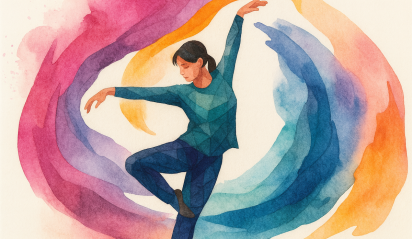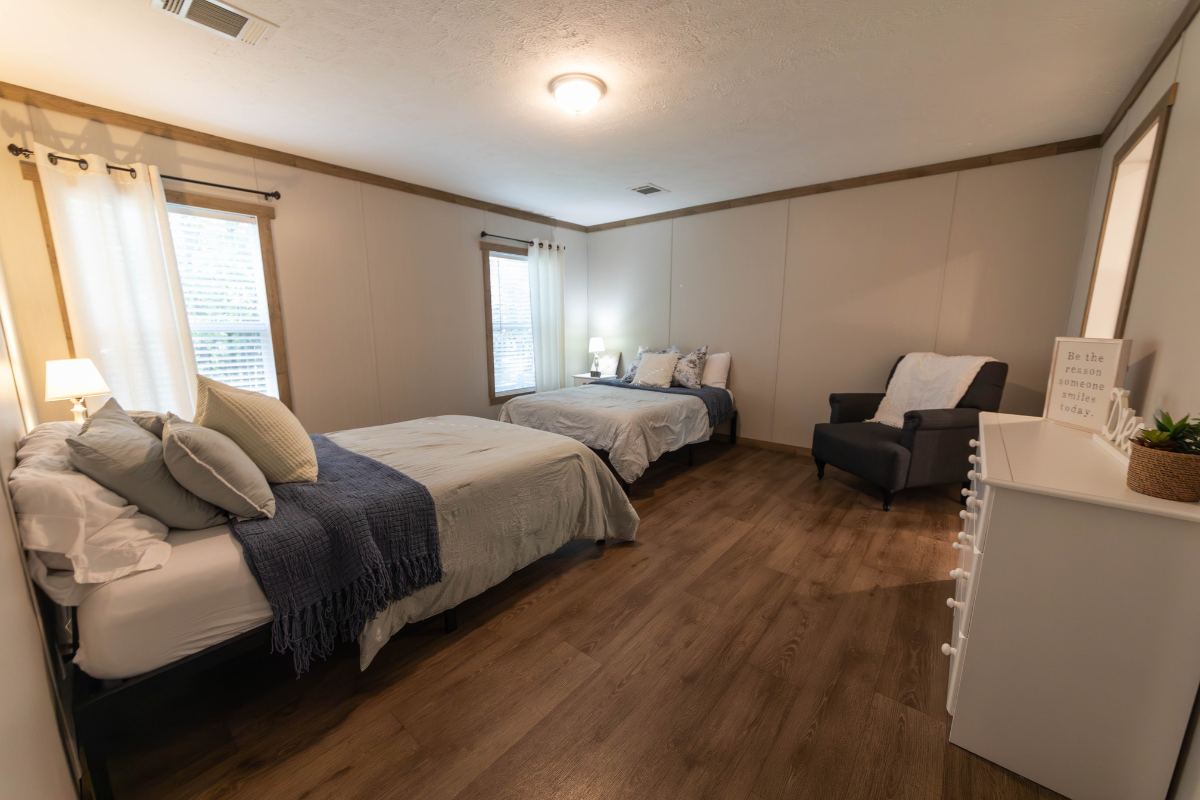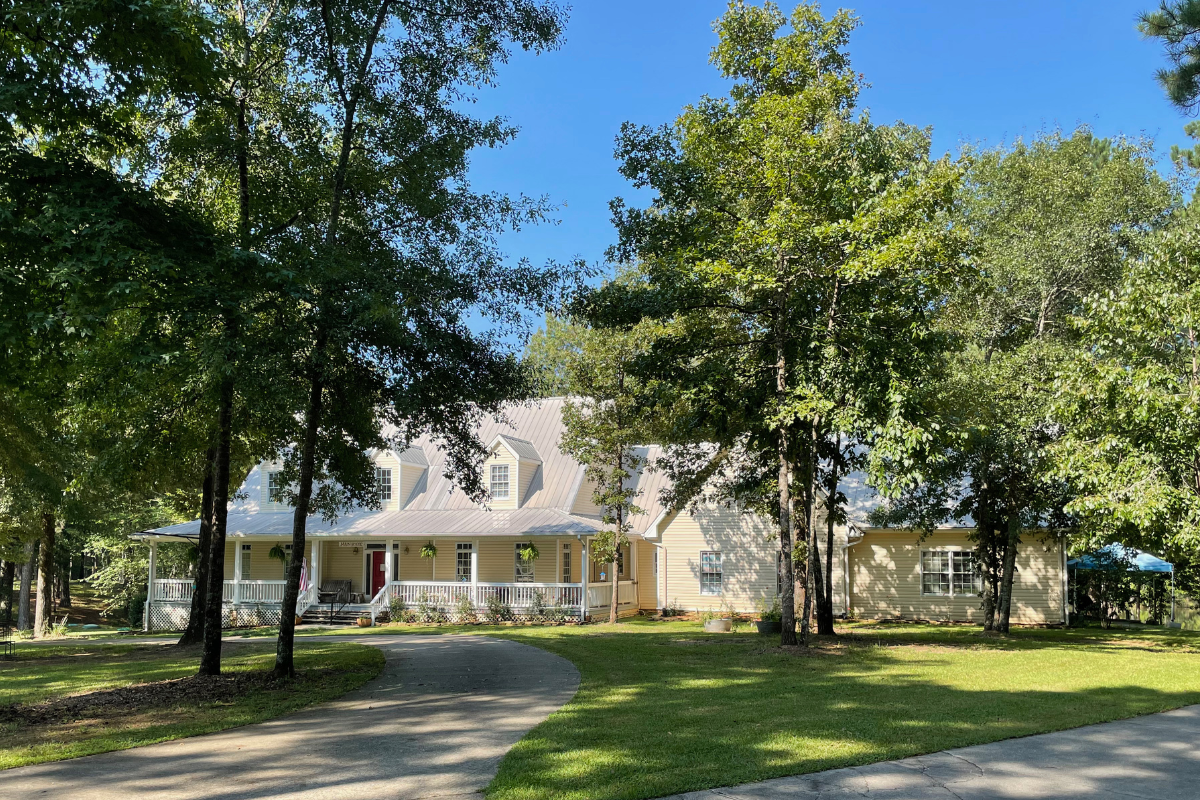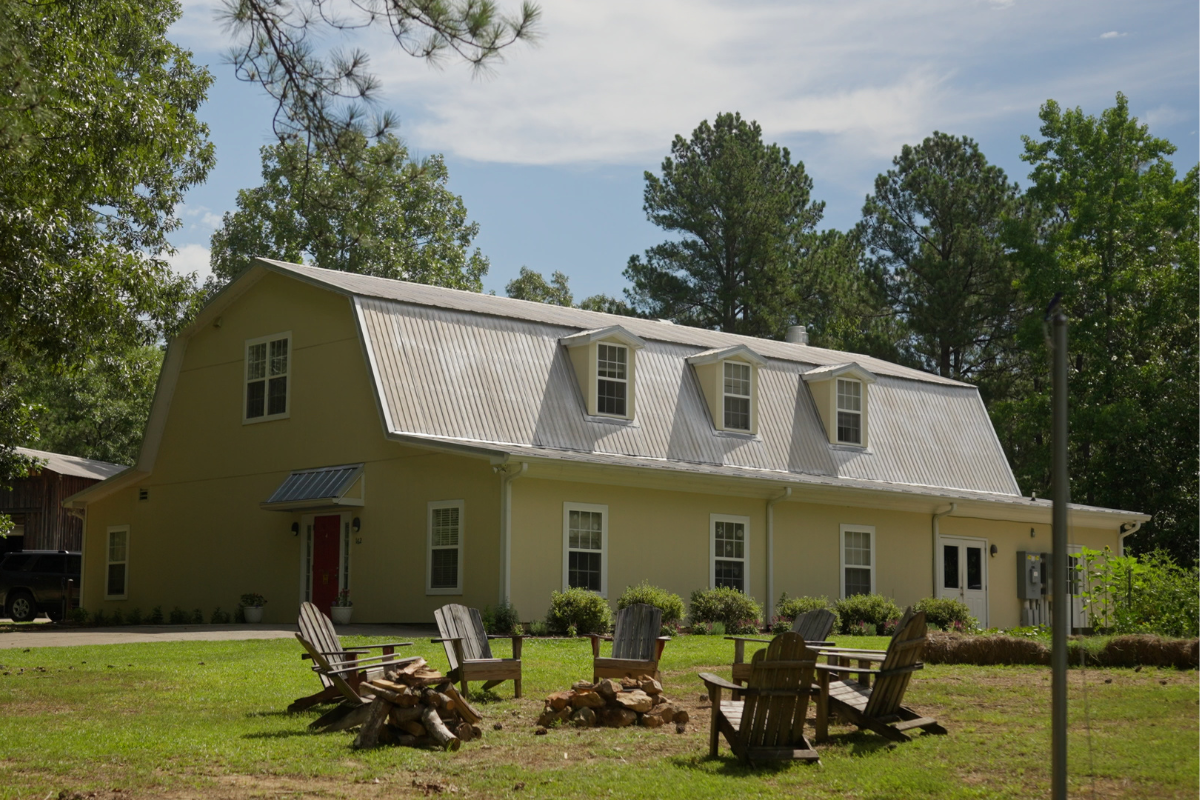Anorexia nervosa is far more than an intense fear of weight gain; it’s an eating disorder that can touch every corner of a person’s life. It impacts not only mental and emotional well-being but also the body’s ability to function at its most basic level.
When the body is chronically deprived of the nutrients it needs, it begins to make difficult trade-offs, prioritizing survival over everything else. This means that systems we don’t usually think about (like digestion, temperature regulation, and even hair growth) can slow down or even shut down. Because of the way anorexia plays out, those changes sometimes show up on the outside — in visible and distressing ways.
One of the most noticeable physical effects of anorexia nervosa is hair loss, and it serves as a visible reminder that this eating disorder actively deprives the body of what it needs to function and flourish.
Nutritional Deficits + Hair: The Fragile Connection
Hair is a biological luxury. The body prioritizes organs, immune function, and energy before allocating resources to hair follicle growth. Without sufficient protein, iron, zinc, essential fatty acids, and vitamins (A, B complex, D, E), hair health inevitably suffers.
Even a brief period of food restriction — as seen in anorexia and bulimia — can disrupt the hair growth cycle, slowing new growth and increasing hair fragility and shedding. In one report, 60% of individuals with anorexia reported hair loss, making it both a common and emotionally distressing consequence of the disorder (Elithair).
Telogen Effluvium: When Hair Enters its Resting Phase
Underlying many cases of anorexia-related hair loss is telogen effluvium — a shift where hair prematurely moves from the growth (anagen) phase into the resting (telogen) phase. This leads to diffuse shedding, often noticed during brushing or washing. A study cited in The American Journal of Clinical Dermatology confirmed telogen effluvium as a frequent dermatological symptom in people with anorexia nervosa.
A dermatology case study further illustrates this link: two patients with severe anorexia experienced diffuse hair loss stemming directly from profound malnutrition (JAAD).
Structural Hair Changes + Rare Anomalies
In rare cases, more structural hair defects are found. One study examining 30 women with severe anorexia nervosa found twisted hair shafts (pili torti) in about 6.6% of patients — though true APT (acquired pili torti) wasn’t confirmed (Gualandi, S. 2005).
While not common, this highlights how malnutrition can sometimes affect hair’s microscopic architecture, not just the way it grows and sheds.
The Emotional Toll: Losing More Than Hair
Hair loss can be a deeply emotional experience for someone with anorexia nervosa because it strikes at a particularly vulnerable intersection — body image, self-identity, and the visible signs of illness.
Here are some of the emotional effects:
1. It Becomes a Physical Marker of Illness
For many, anorexia feels like something they can conceal — oversized clothing can hide weight loss, and social withdrawal can shield others from noticing changes. Hair loss, however, is harder to hide. Shedding on a pillow, in the shower, or during brushing can make the eating disorder suddenly visible to others and to oneself. That visibility can trigger shame, fear, or panic, especially in someone already highly attuned to physical appearance.
2. It Threatens a Sense of Control
Anorexia often thrives on a perceived sense of control over one’s body. Hair loss undermines that illusion. When clumps come out despite strict routines or carefully managed diets, it’s a stark reminder that the body is reacting in ways that can’t be “controlled” through willpower alone. This can be emotionally destabilizing, sometimes intensifying anxiety or distress.
3. It Challenges Self-Image + Identity
Hair often carries personal, cultural, and even gendered meaning. It can be tied to ideas of beauty, femininity, masculinity, or self-expression. Losing hair can feel like losing part of one’s identity. In someone already struggling with body dissatisfaction, this change can amplify feelings of unattractiveness, worthlessness, or being “damaged.”
4. It Can Be a Turning Point
For some, hair loss serves as a wake-up call — a physical symptom so undeniable that it pierces through the wall of denial often present in anorexia. Seeing tangible signs of malnutrition beyond weight loss can lead to moments of recognition: “This is hurting my body more than I thought.” While emotionally painful, this realization can sometimes open the door to seeking help.
5. It Intensifies Emotional Isolation
Individuals experiencing hair loss may avoid social situations, fearing comments or judgment. They might style their hair differently, wear hats, or avoid intimacy, all of which can deepen the loneliness already common in eating disorders.
Final Thoughts
When hair begins to thin or fall out, it might feel like a purely cosmetic issue. But in the context of anorexia, it often signals deeper physiological alarm bells.
Hair, skin, and nails are considered “non-essential” for survival, so when the body is deprived of adequate nutrients, it redirects energy and nourishment to vital organs like the heart, brain, and liver. This shift means hair often suffers first — leading to thinning, shedding, or brittle texture. But the reality is that by the time hair loss is noticeable, internal organs are already under significant strain from malnutrition.
By viewing hair loss in anorexia not as an issue of aesthetics or vanity but as a cry for nourishment and healing, we can find a bridge from despair to recovery.
Finding Hope + Healing
At Magnolia Creek in Columbiana, Alabama, we understand the complex relationship between anorexia and its physical effects. We address this relationship in a comprehensive and compassionate manner through immersive therapy, nutrition support, and a close-knit recovery community. Our programs include residential treatment and partial hospitalization with or without housing, all designed to meet you where you are in your recovery journey.
If you or someone you love is struggling with anorexia, there is hope for healing. Contact Magnolia Creek today to learn how we can help you break the cycle and move toward a healthier, more peaceful life.
Magnolia Creek is dually licensed to treat eating disorders and a multitude of co-occurring disorders. We tailor our treatment plans to individual needs and goals while empowering every client in our care to embrace recovery with resilience and independence. Contact us today to take the first step in your journey to healing.
References
- Elithair. (n.d.). How anorexia affects hair growth and scalp health. Elithair.
- Gualandi, S. (2005). Low prevalence of twisted hair in anorexia nervosa. Clinical and Experimental Dermatology, 30(4), 349–350.
- Journal of the American Academy of Dermatology. (2006). Diffuse hair loss—Could the patient have an eating disorder? JAAD














































